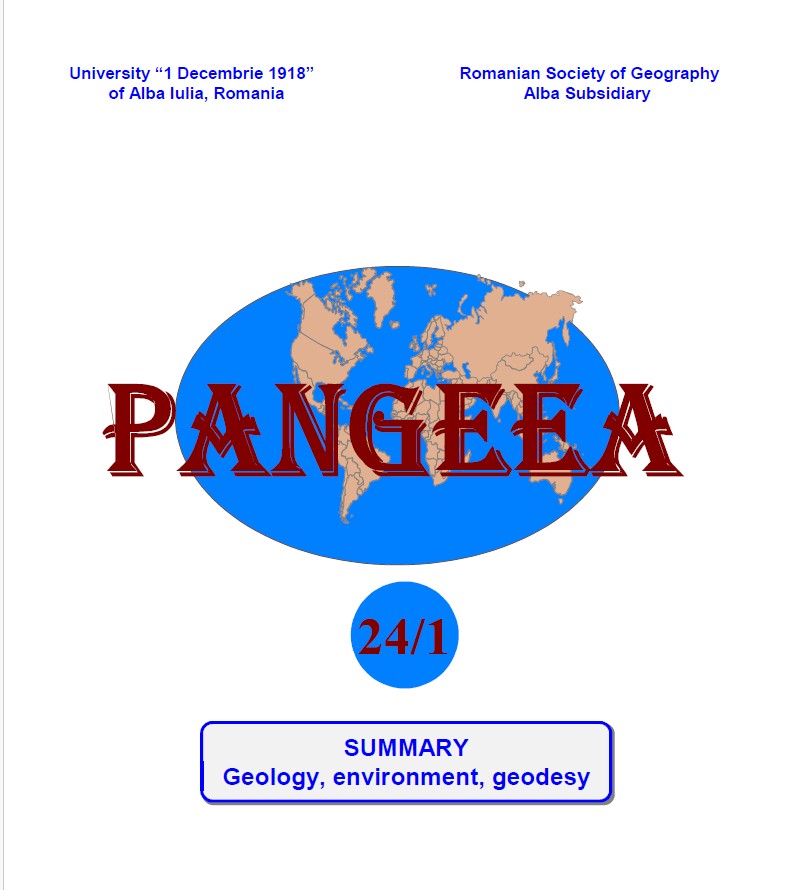ANALYSING THE LATEST TRENDS IN FOREST ECOSYSTEM
MODELLING: APPLYING NDVI INDEX VALUES FOR
URBAN FOREST RESEARCH IN GEOGRAPHIC AXIS SYSTEM
ANALYSING THE LATEST TRENDS IN FOREST ECOSYSTEM
MODELLING: APPLYING NDVI INDEX VALUES FOR
URBAN FOREST RESEARCH IN GEOGRAPHIC AXIS SYSTEM
Author(s): Alexandru Marius TĂTARSubject(s): Geography, Regional studies
Published by: Editura Aeternitas
Keywords: Forest modelling; strategy; Urban forestry Methods; Geographical axis; NDVI
Summary/Abstract: Forest models are becoming essential tools in forest research, management, andpolicymaking but are currently under deep transformation. In this review of the most recent literature(2018–2023), I analysed an updated general view of the main topics currently attracting the effortsof forest modellers, the trends already in place, and some of the current and future challenges the fieldwill face.Four major topics attracting the most of current modelling efforts: data acquisition, productivityestimation, ecological pattern predictions, and forest management related to ecosystem servicesAlthough the topics may seem different, they all converge towards integrated modelling approachesby the pressure of climate change as the major coalescent force, pushing current research efforts intointegrated mechanistic, cross-scale simulations of forest functioning and structure.I analysed that forest modelling is experiencing an exciting but challenging time, due to thecombination of new methods to easily acquire massive amounts of data, new techniques to statisticallyprocess such data, and refinements in mechanistic modelling that incorporate higher levels ofecological complexity and breaking traditional barriers in spatial and temporal scales.However, new available data and techniques are also creating new challenges. In any case, forestmodelling is increasingly acknowledged as a community and interdisciplinary effort.As such, ways to deliver simplified versions or easy entry points to models should be encouraged tointegrate non-modeller stakeholders into the modelling process since its inception. This should beconsidered particularly as academic forest modellers may increase urban forest models' ecological andmathematical complexity. The Geographical axis system includes cities in Mures and Bistriţa-Năsăudcounties. Cities in Mures: Târgul Mureş-Reghin-Luduş, in Bistriţa-Năsăud:Bistriţa-Beclean-Năsăud-Sângeorz-Băi
Journal: PANGEEA
- Issue Year: 24/2024
- Issue No: 1/24
- Page Range: 118-132
- Page Count: 15
- Language: English

